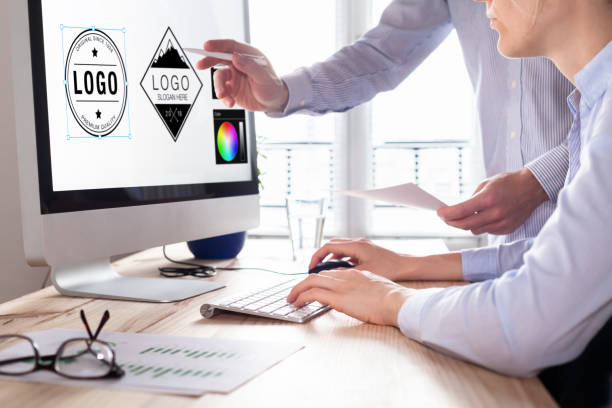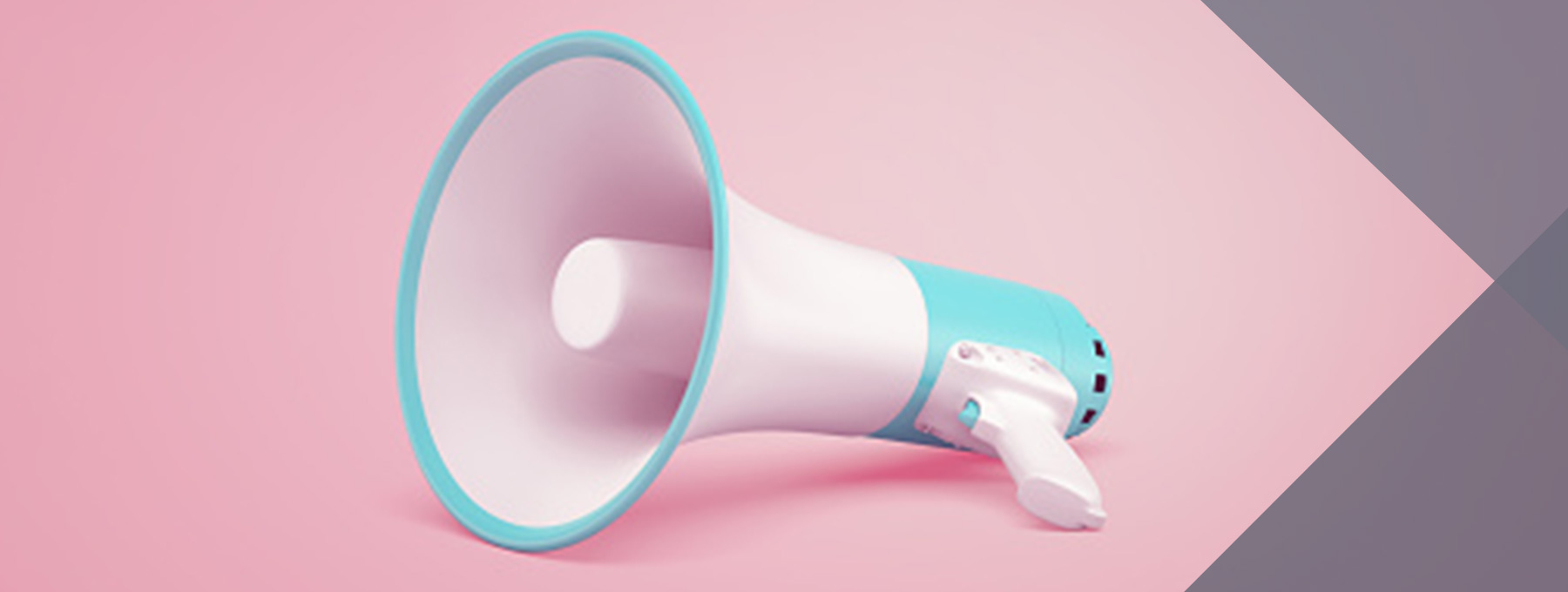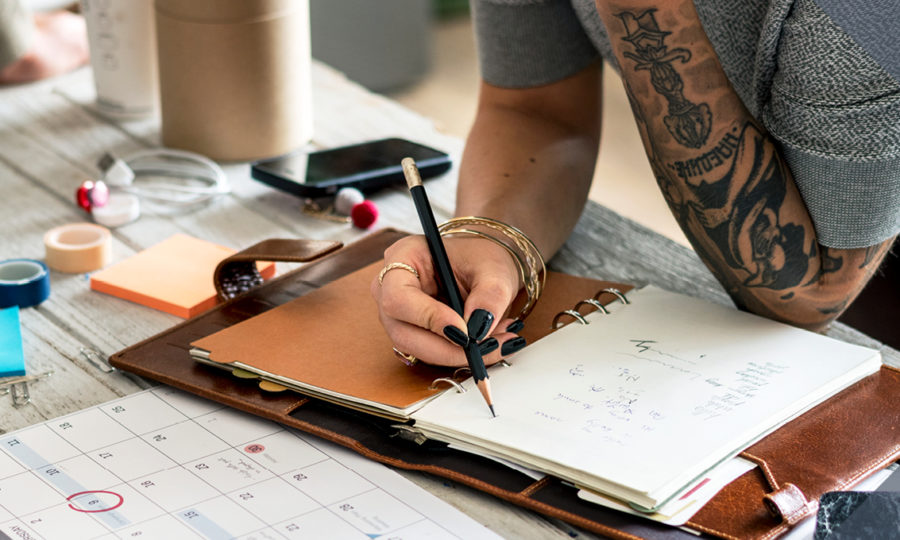How to Talk to Your Friendly Neighborhood Graphic Designer
Gabby Althoff Senior Graphic Designer
As a creative person, I will be the first to admit it: graphic designers can be difficult to communicate with. We have our own jargon, specialized software and strong opinions on what is or is not good design.
It can seem as though we are speaking a foreign language – one composed of visual shorthand that can be incomprehensible to non-designers. Things can get garbled quickly. The way you speak to a designer can radically alter or even hinder the results of a project.
It’s vital to have clear communication between a designer and client, as a lack of this can damage productivity and create a product that is not as good as it could have been had communication been clear from the start.
TIPS ON HOW TO STRENGTHEN COMMUNICATION WITH YOUR DESIGNER
Speak up early
Letting your designer know that something in the design is bothering you in the first round of revisions can save both you and your designer a lot of headache and frustration later on down the road. Adding in a paragraph of text or an image may seem like it is no big deal, but when you’re toward the end of a project, the layout of the piece is established. Changing it up at this juncture can cause a whole host of problems you may not be aware of.
Speaking up early in the process allows your designer to make changes with more ease and helps to prevent errors from slipping in when large changes are made in the late stage of a project.

Similarly, if you don’t tell your designer that something needs to be changed, they won’t know there’s something bothering you. Designers, unfortunately, are unable to read minds. We want to help but cannot if we do not know what the issue is.
Be specific
Design is a visual language that everyone speaks, whether they are aware of it or not. The words may differ or we may have a different design aesthetic, but everyone has the ability to evaluate the efficacy of a design.
The problem arises when clients use words that they think are crystal clear but are in fact subjective. Designers have their own visual frames of reference, and they may or may not cross over with yours. There are few things on this earth that frustrate a designer more than to hear the phrase “Make it pop.” (“This looks weird” is also a strong contender for this dubious honor, followed swiftly by “I don’t like it, and I can’t put my finger on why.”)
Such comments will inevitably elicit a blank stare from your designer, along with a heavy sigh. Saying something looks weird without specifically describing what you find off-putting doesn’t help the designer solve your issue and only causes frustration on both ends.
When in doubt, provide sample images of colors, styles, fonts, layouts, ads, etc., that you like to aid in getting across your desired changes. A photo is worth a thousand words. When you use words such as “clean,” “kitschy,” “minimal,” “fun,” or “corporate,” the visual that comes up in your head can be vastly different from the one that pops up in your designer’s mind. Though these words may be straightforward, they are in fact subjective. There is no widely held standard for what “clean” or “corporate” or “fun” design is. Design is a visual language and if you provide graphical examples or help to define the visual frame of reference you are using, you can create a clear communication channel between you and your designer.
For example, instead of saying “Can this design be more clean?” be more specific and say: “Can this design be more clean? I like the design look that Apple has right now on its website’s main page. The white space is really nice, and I like the large product photos that fill the screen. The fonts they use are nice, but I would prefer a font that is more bold.” This helps you to get across what you do and do not like about the design and gives your designer a specific reference for the type of design you are looking for.
If all else fails, don’t be afraid to go the old-fashioned way and use a pen and paper, even if you can’t draw. The point is for the designer to understand what you want, and anything you can do to get this across helps. Be specific about the design elements that you do or don’t like. If you want more of a certain part of the design, point it out and make sure the designer knows so they can use more of it.
Listen to your designer (and allow them some freedom)
 As the client, you define the problem that needs to be solved, and it’s the designer’s job to find the solution. Negotiate and compromise on changes. Ask your designer for their reasoning on why they did what they did. Learn about the limitations of the design and the process of creating the finished product.
As the client, you define the problem that needs to be solved, and it’s the designer’s job to find the solution. Negotiate and compromise on changes. Ask your designer for their reasoning on why they did what they did. Learn about the limitations of the design and the process of creating the finished product.
However, while it is a collaborative effort, your designer has particular knowledge and training about all things related to design. Second-guessing your designer and telling them how to do their job weakens their trust and may result in a design that is less effective than what it could have been.
At the extreme end, when a designer is handed a list of demands, the end result will likely look as though it was made by checking off boxes on a checklist, and neither party will be happy. Let your designer play a bit and, who knows, they may come up with a design solution that you like more than what you had originally imagined.
Don’t be afraid to give honest feedback as designers are well-used to critiques. Tread lightly, however: it is still easy to get on your designer’s bad side by questioning their judgment or by being unnecessarily harsh. Mutual respect and give and take go a long way in forging a productive client/designer partnership. You know more about your brand and your designer knows more about design. If you work together effectively and with clear communication, you can be an unstoppable duo. You need to listen to your designer and your designer needs to listen to you.
Clients who are easy to work with — those who are willing to collaborate, communicate design changes clearly and who ask for major changes early on in the design process — get the best work from their designers. Designers who are easy to work with are ones who listen to their clients, ask questions and take time to learn about what the client wants in their finished product. It takes work to bridge the communication gap between designer and client but working to close this can help you to better understand your designer and hopefully get better work out of them with less frustration on both ends.
Gabby Althoff
Senior Graphic Designer
Though fantasy novels, nerdy movies and her Etsy shop are passions of Gabby Althoff, her primary focus has been producing engaging, brand–centric marketing design. In a return to her hometown of Billings, she joined Kinetic in June 2019 as a designer. She had been in Bozeman for five years before that as a designer and social media specialist for Cat® Workwear.
Read more about Gabby


